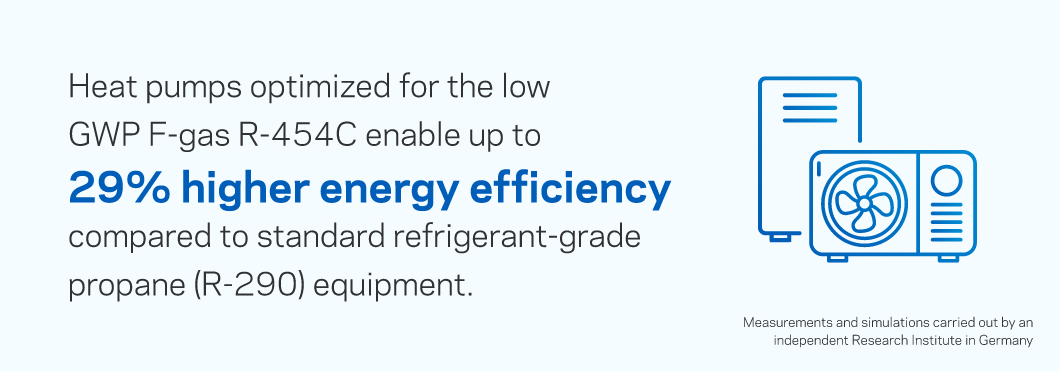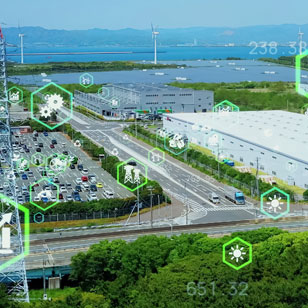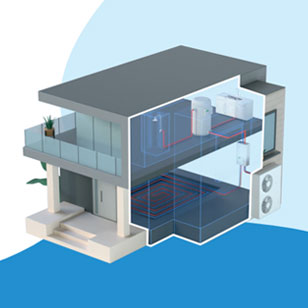Vital industries around the globe—from transportation and HVACR to construction and information technology—depend on efficient and widely available F-gases to operate at peak performance. A broad ban on F-gases would significantly impact industries, consumers, and the economy across these and other industries:
- Automotive
- Aerospace & Defense
- Data Centers
- Medical Devices and Pharmaceutical Processing
- Construction and Thermal Management
- HVACR & Heat Pumps
Moreover, without F-gases, critical innovations like two-phase immersion cooling for data centers and more efficient electric vehicles (EVs) may not be possible.
Continued innovation and sustainability initiatives hinge on products that can be leveraged across multiple applications and systems. F-gases are tested and proven across countless critical applications where “naturals” fall short. The low global warming potential (GWP) of “naturals” is often offset by increased energy consumption, increased maintenance and system costs, and value chain instability—all of which drive higher costs and greater environmental impact.

Enabling Efficiency
Today’s low global warming potential (GWP) F-gases deliver significant energy efficiency advantages in a variety of applications, from supermarket coolers and residential heat pumps to commercial rooftop air conditioning systems and industrial chillers.
By contrast, the low GWP of certain industrial gases is undermined by poor energy efficiency and equipment challenges. CO₂ systems are notoriously inefficient and complex, and hydrocarbon systems have scalability limitations due to flammability and charge size constraints. All these factors require more resources and energy—driving higher costs and increased environmental impact.

Driving Reliability
The modern cold chain depends on F-gases to ensure food quality and security, reduce food waste, and enable safe distribution of vaccines and pharmaceuticals around the globe. F-gases’ efficiency, reliability, and widespread availability reduce the risks of downtime, system failure, and wasted food.
The performance issues and potential shortages associated with “natural” refrigerants, on the other hand, carry significant socioeconomic risks. The supply chain for refrigerant-grade CO₂ (R-744) is particularly fragile. Availability of CO₂ refrigerant is heavily influenced by demand (which is not constant). More than once in the recent past, R-744 shortages created major disruptions to the cold chain.
Chemours and other F-gas manufacturers have invested for decades in the capacity and infrastructure to drive supply chain reliability. The same infrastructure and investment simply do not exist for refrigerant-grade industrial gases.

Minimizing Risk
Today’s F-gases feature low toxicity and mild to no flammability and require no special handling apart from refrigerant safety best practices. They have been through rigorous global regulatory approval processes and are deemed safe for their intended use.
Compare that to industrial gases like ammonia, propane, and CO₂, which were adopted more than a century ago and broadly abandoned for good reason. They pose real risks—from high working pressures and corrosion to flammability.
The pressure hazards and increased leak potential associated with CO₂ frequently lead to higher costs for components, labor, and maintenance—all of which contribute to higher consumer costs. In the worst cases, high CO₂ leak rates (>50%) can quickly shut down operations, and depending on the application, create safety risks like acute toxicity. Refrigerant-grade ammonia has restricted use due to the risks associated with it, while propane’s flammability limits its scalability.








